The landscape of direct financial relief in New York State is evolving, and millions of New Yorkers are set to receive one-time payments that could make a tangible difference in their monthly budgets. If you’ve been wondering when help was coming or if you’ll be included, now’s the time to pay attention. These inflation refund checks, including amounts of up to $500, will be distributed to eligible residents starting in the fall of 2025. Below, we break down everything you need to know about these payments: eligibility rules, key statistics, city-specific impacts, and how to make sure your household benefits.
After years of rising inflation, New York State is responding with its first ever “Inflation Refund” for the 2025–2026 budget year. These payments, scheduled to start in mid-October 2025, are aimed at helping residents recover from increased living costs and giving families some breathing room. In total, more than 8.6 million New Yorkers from New York City to Buffalo will receive payments—making this the largest direct cash transfer program in New York’s history.
Background: Why $500 Checks Now?
Inflation has been an inescapable reality for New Yorkers in recent years. From grocery bills in Albany to subway fares in Brooklyn, prices for everyday necessities have soared. The COVID-19 pandemic and its aftermath triggered rapid price increases across the U.S., with inflation peaking at 9.1% nationally in 2022. For New York, these high prices meant a surge in sales tax revenues, which allowed the state government to propose returning some of that extra income directly to residents.
Governor Kathy Hochul’s plan, initially outlined in late 2024 and formally announced in the 2025 budget, earmarks $3 billion for inflation refunds. The payments recognize the burden families have faced and aim to ease that pressure, particularly for middle- and working-class New Yorkers.
Who Qualifies for the New York $500 Check?
Qualification is simple and centers on two main criteria:
-
You must have been a resident of New York State in the 2023 tax year.
-
You must have filed a New York State Resident Income Tax Return (Form IT-201) for the 2023 tax year.
The payments are targeted toward households that meet certain income thresholds. If you were claimed as a dependent on someone else’s return, you aren’t eligible. The program also covers different filing statuses: single, married filing jointly/separately, head of household, and surviving spouse.
Eligible Income Thresholds
-
Single or Individual Filers: Income up to $150,000.
-
Couples Filing Jointly: Income up to $300,000.
Payment Amounts: What Each Group Will Get
While headlines often mention “$500 checks,” the actual amount depends on your income and how you filed your taxes:
| Filing Status | Income Threshold | Payment Amount |
|---|---|---|
| Single | Up to $75,000 | $200 |
| Single | $75,001–$150,000 | $150 |
| Married Filing Jointly | Up to $150,000 | $400 |
| Married Filing Jointly | $150,001–$300,000 | $300 |
| Married Filing Separately | Up to $75,000 | $200 |
| Married Filing Separately | $75,001–$150,000 | $150 |
| Head of Household | Up to $75,000 | $200 |
| Head of Household | $75,001–$150,000 | $150 |
| Surviving Spouse | Up to $150,000 | $400 |
| Surviving Spouse | $150,001–$300,000 | $300 |
The program’s original proposal included higher maximums ($300 for single filers and $500 for joint filers), which was revised in the final budget to the above amounts—still representing one of the nation’s largest direct refund programs.
How New York Cities and Regions Benefit
New York City
New York City is home to over 8 million residents, and more than 3.6 million are projected to receive checks. The impact here is profound; with the city’s high living costs and rent prices, even a $200–$400 refund per household can substantially offset increases in grocery, utility, and transportation expenses.
Long Island
Long Island, encompassing Nassau and Suffolk counties, will see about 1.4 million recipients. Many Long Island residents commute to jobs in the city or in technology and health industries locally. The region’s high housing costs mean that direct cash aid is widely welcomed.
Hudson Valley
Nearly 1 million residents in the Hudson Valley will benefit—a region known for both its suburban communities and more rural towns. The area has faced rising property taxes and utility costs, making these refunds especially timely.
Western New York
Western New York, including Buffalo, Rochester, and smaller cities like Niagara Falls and Jamestown, will receive more than 600,000 payments. Here, the refunds act as a lifeline to families still recovering from job losses related to manufacturing and the pandemic.
Upstate Cities
Syracuse, Albany, Binghamton, Schenectady, and Utica are all included, with tens of thousands of households qualifying for the payments. These cities have lower average incomes, making the $150–$400 refunds significant for local economies.
Statewide Impact: Facts and Figures
-
Over 8.6 Million Recipients: That’s nearly half the state’s population benefiting directly.
-
$3 Billion Disbursed: The single largest direct payment program ever enacted by New York State.
-
No Application Needed: Checks are sent automatically based on 2023 tax filings.
-
High Coverage Cities: New York City, Long Island, Hudson Valley, Buffalo, Rochester, Syracuse, Albany.
-
Income Gains: The refundable amounts represent over a week’s average groceries for a family of four in Manhattan, or a month of basic utility bills in Buffalo.
How and When Will Checks Arrive?
Payments will be mailed in staggered batches starting mid-October 2025 and continuing through November. The timing is designed to ensure all qualifying residents receive the money before the year’s end. The checks arrive directly at the mailing address listed on your 2023 New York State tax return.
There is no need to apply, register, or contact the state. If you qualified and filed your taxes, the check is on its way. The delivery process does not follow zip-code or regional order, so neighbors may receive checks on different days.
What You Need to Do (and Not Do)
Do:
-
Ensure your address on file with the New York State Department of Taxation and Finance is correct.
-
If you’ve moved since filing your 2023 return, update your address as soon as possible with the state.
-
Watch your mailbox starting in October.
-
Use the check for essentials, savings, or pressing financial needs.
Don’t:
-
Apply, sign up, or call for payment updates.
-
Panic if your check doesn’t arrive on the same day as others.
-
Respond to scams; the state will not ask for banking, social security, or other sensitive information via phone or email regarding this payment.
Frequently Asked Questions
Q: If I didn’t file a 2023 New York State income tax return, can I still qualify?
A: No, qualification is strictly based on 2023 tax filings. If you didn’t file, you are not eligible.
Q: I moved since filing my return. Will I get the check?
A: Checks are sent to the mailing address listed on your 2023 return. Update your contact information with the Department of Taxation and Finance as soon as possible.
Q: Is the payment taxable?
A: The refund is considered a direct payment; it will not count as taxable income.
Q: What if I’m a college student?
A: If you were claimed as a dependent on a parent’s or guardian’s tax return for 2023, you do not qualify.
Conclusion
New York State’s $500 check program—the 2025 Inflation Refund—is a historic effort to return hard-earned money to residents facing tough economic times. Whether you live in Brooklyn, Staten Island, Patchogue, Poughkeepsie, Buffalo, or Syracuse, the program is likely to touch your community. With over 8.6 million people receiving direct financial relief, New York is setting a new nationwide standard for state-level aid.
All you need to do to receive your payment is have filed your 2023 state income tax return as a resident and fall within the outlined income brackets. Whether your refund is $150, $200, $300, or $400, the extra cash comes at a critical moment for millions of families.
For more details, guidance, and updates, keep an eye on official state channels and your mailbox this fall. New York is investing in its residents—making the Empire State a place where help arrives just when you need it most.

Mrs. Odice has been a teacher here for 9 years. She likes yoga and spends most of her time with her 3 kids. She also grew up going to Douglas County schools and is Canadian.
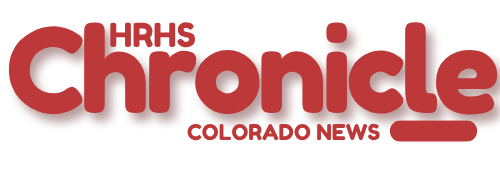
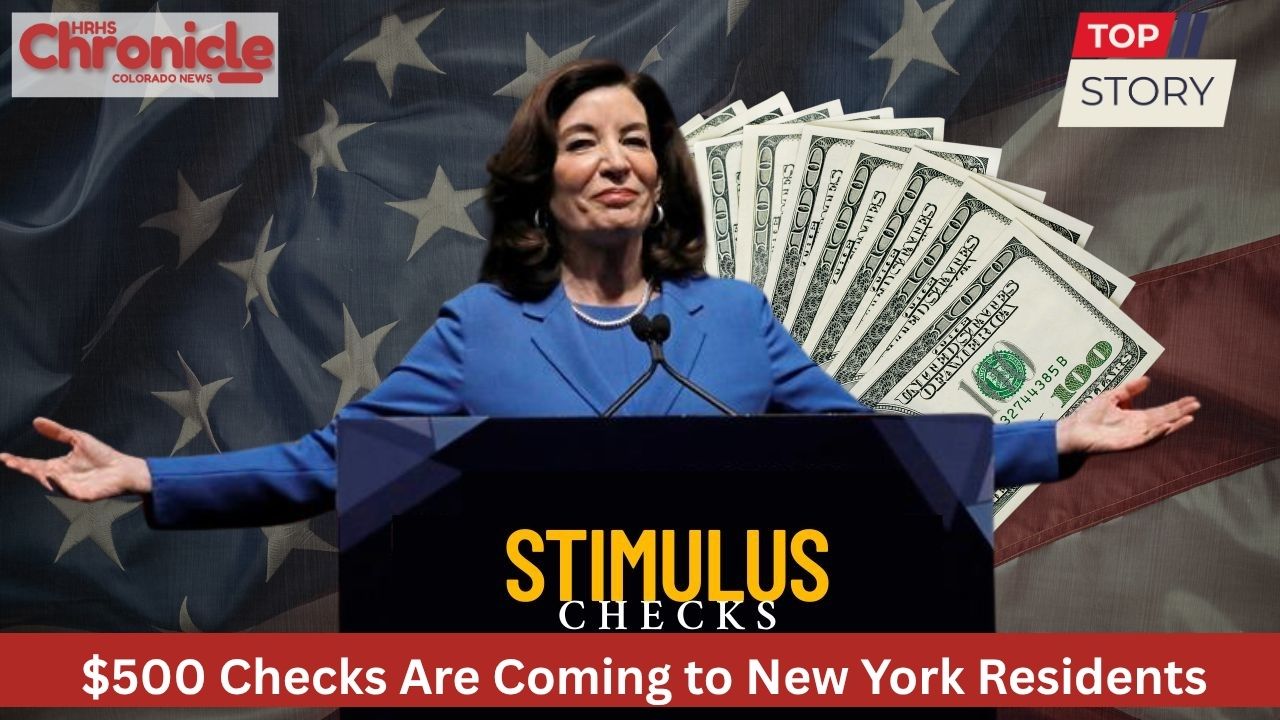
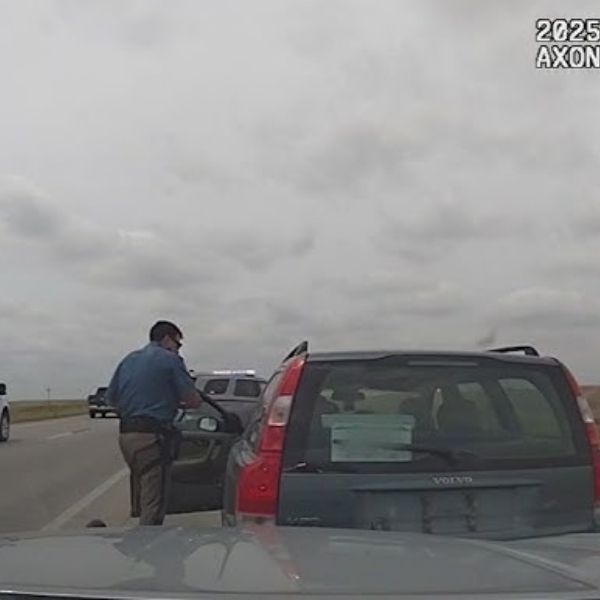
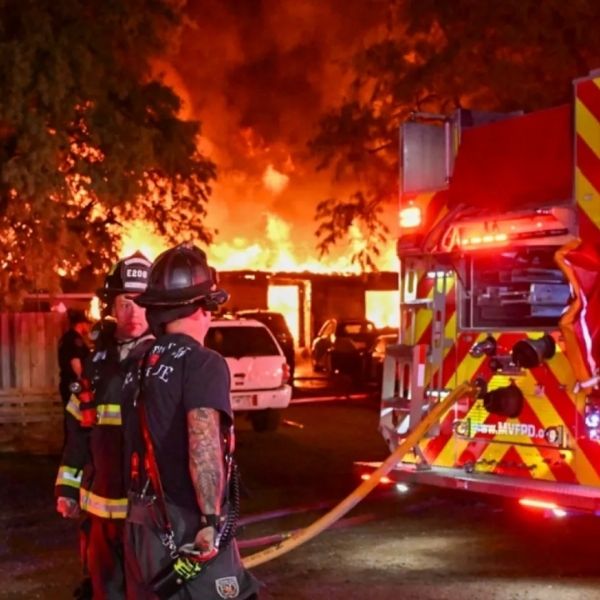
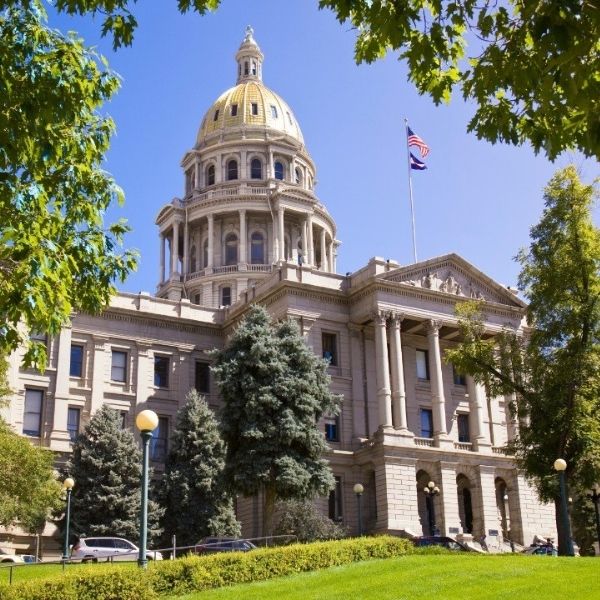
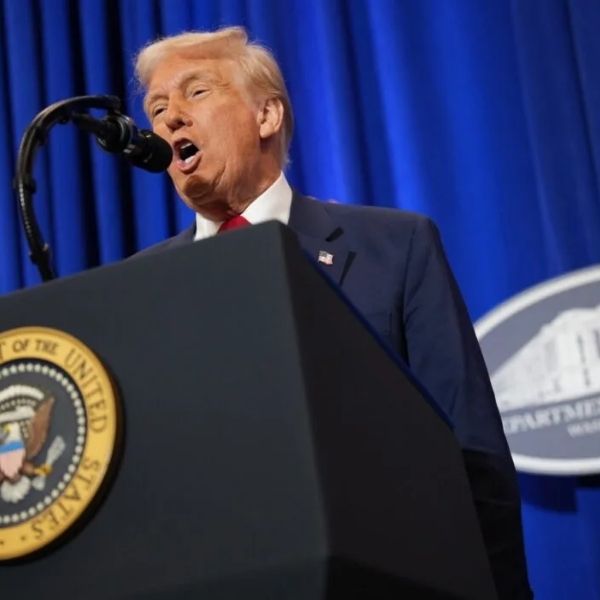
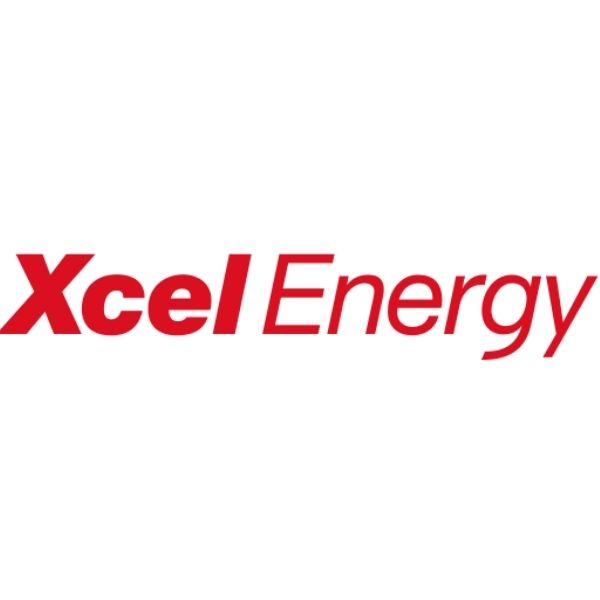
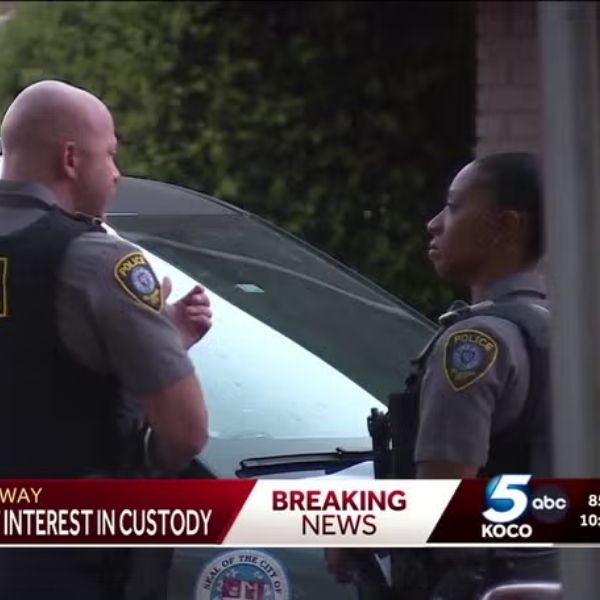
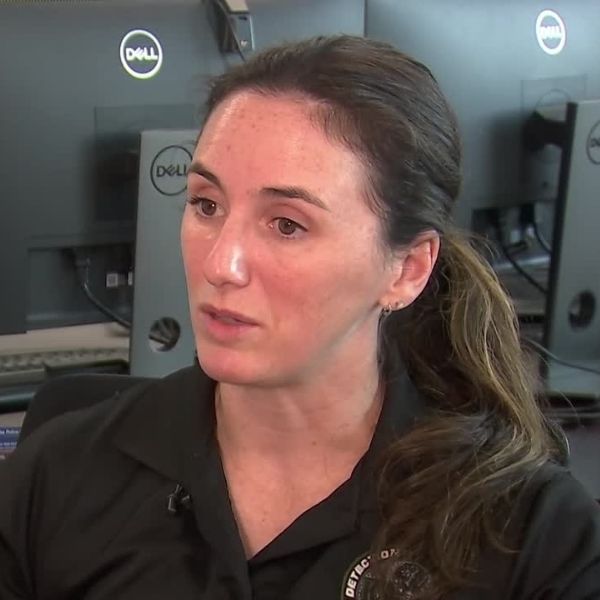
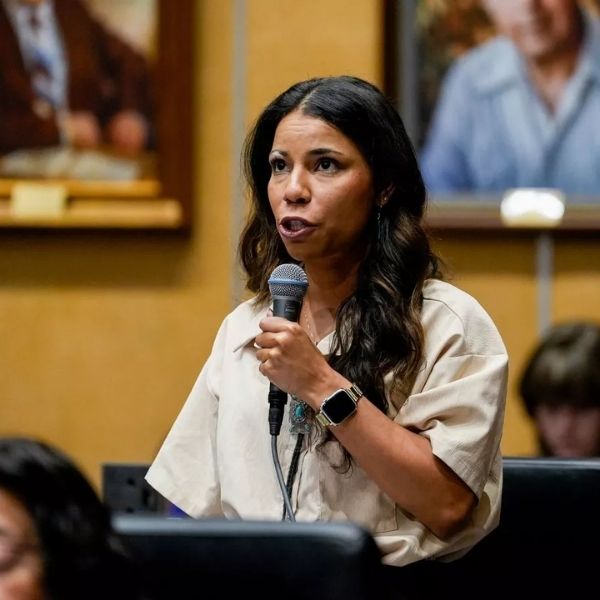

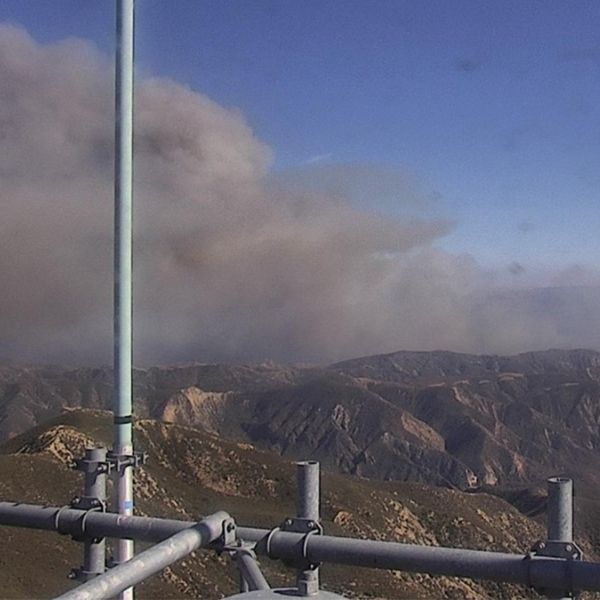
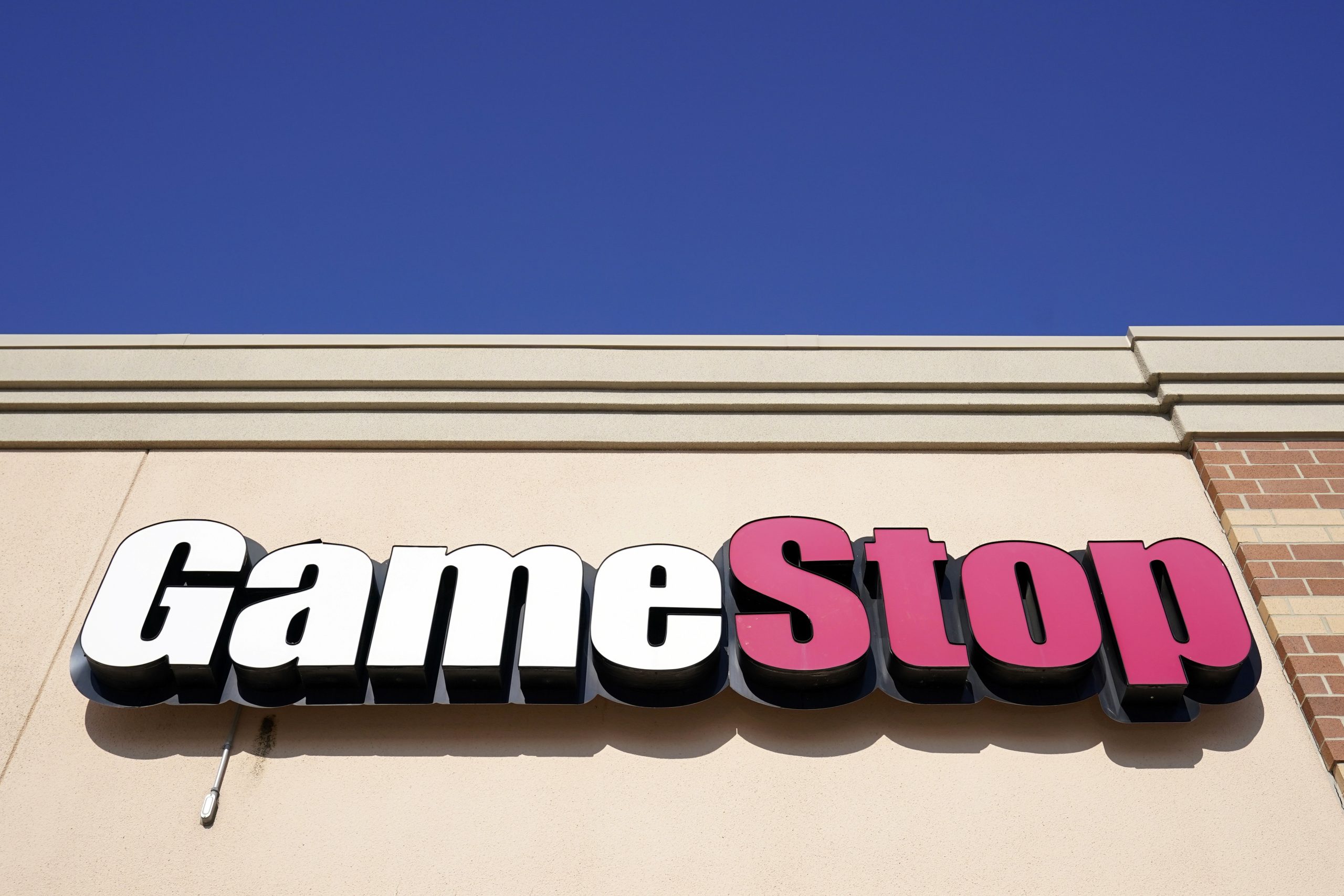
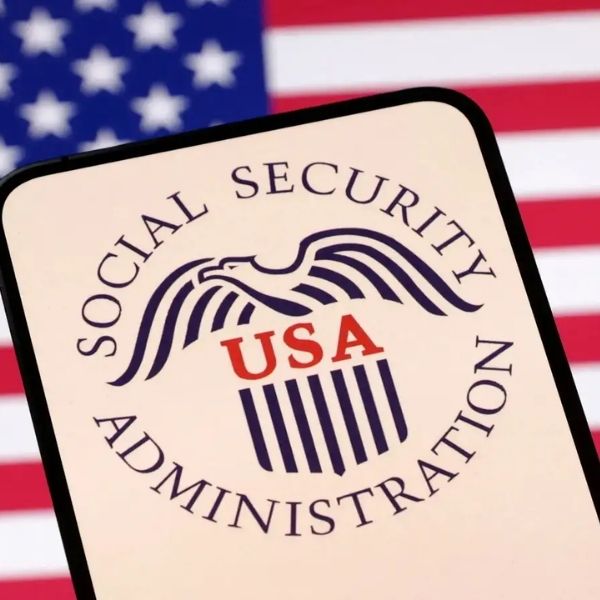

Leave a Reply